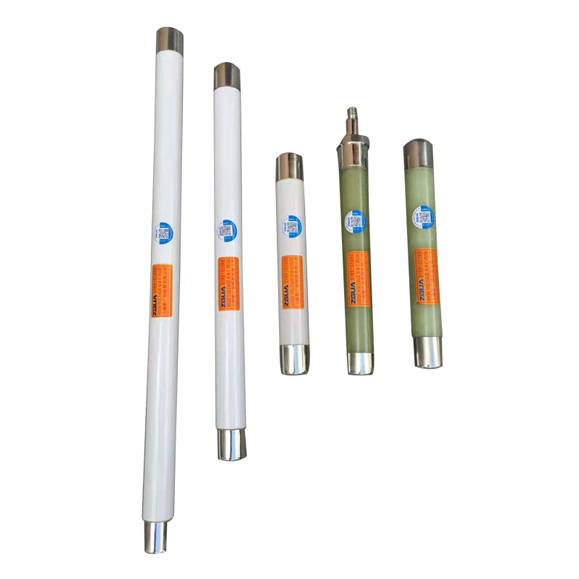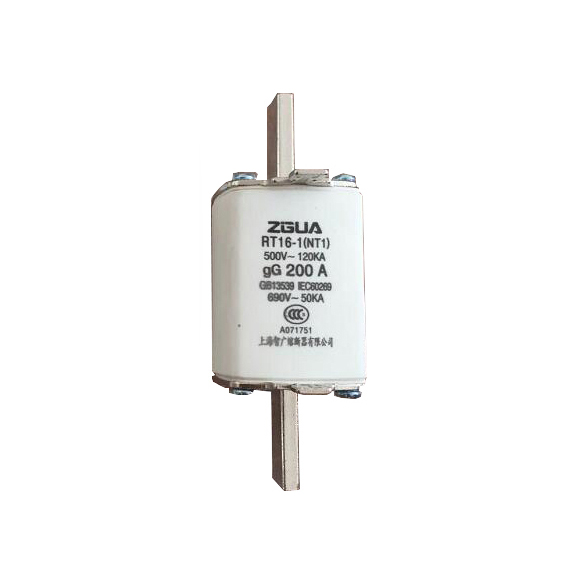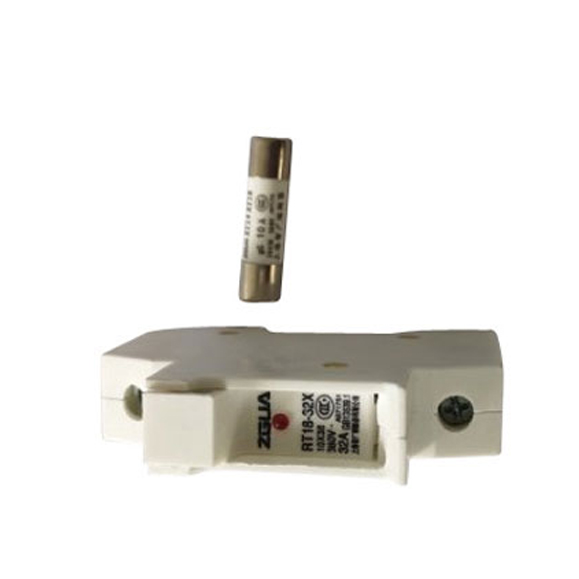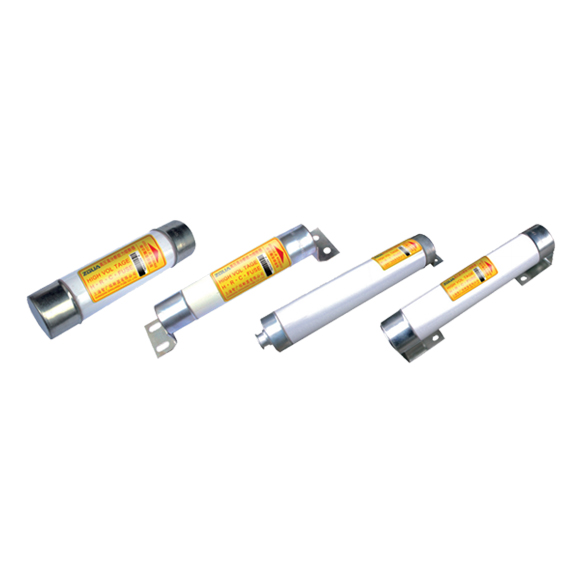The difference between a fuse and a circuit breaker
The same point is that it can achieve short-circuit protection. The principle of the fuse is to use the current to flow through the conductor to make the conductor heat, and the conductor melts when the melting point of the conductor is reached, so the circuit is disconnected to protect the electrical appliances and lines from being burned. It is an accumulation of heat, so overload protection can also be achieved. Once the melt is burned, the melt must be replaced.
The circuit breaker can also realize the short circuit and overload protection of the line, but the principle is different. It realizes the circuit breaker protection through the current bottom magnetic effect (electromagnetic tripper), and realizes the overload protection through the thermal effect of the current (not a fuse, usually without replacing the device) . In practice, when the electrical load in the circuit is close to the load of the fuse used for a long time, the fuse will gradually heat up until it blows. As mentioned above, the fusing of the fuse is the result of the combined action of current and time, which protects the line. It is a one-off. The circuit breaker is a sudden increase in the current in the circuit. When the load of the circuit breaker exceeds the load, it will automatically open. It is a protection for an instantaneous current increase in the circuit, such as when the leakage is large, or short circuit, or instantaneous current Great protection. When the reason is found out, it can be switched on and used again. As mentioned above, the fusing of the fuse is the result of the combined effect of current and time, and the circuit breaker will trip as long as the current exceeds its set value, and the effect of time can hardly be considered. Circuit breakers are commonly used components for low-voltage power distribution. There are also some places where fuses are suitable.
Fuse:
The main advantages and characteristics of the fuse
Good selectivity. As long as the rated current of the fuse link of the upper and lower fuse meets the requirements of the overcurrent selection ratio specified by the national standard and the IEC standard of 1.6:1, that is, the rated current of the upper fuse is not less than 1.6 times the value of the lower one, it is regarded as the upper and lower energy. Selectively cut off the fault current;
Good current limiting characteristics and high breaking capacity;
Relatively small size;
The price is cheaper.
The main disadvantages and weaknesses of fuses
The fuse must be replaced after the fault is blown;
The protection function is single, with only a period of over-current inverse time characteristic, and this protection is used for overload, short circuit and ground fault;
When one-phase fuse occurs, the three-phase motor will cause the undesirable consequences of two-phase operation. Of course, a fuse with an alarm signal can be used to make up for it. One-phase fuse can disconnect the three-phase;
Remote control cannot be realized, and it is possible to combine with electric knife switches and switches.
Non-selective circuit breaker:
Main advantages and features
After the fault is disconnected, it can be reset manually without replacing the components, unless the large short-circuit current needs to be repaired;
The two-stage protection functions of the long-time release and instantaneous current release with inverse time characteristics are used as overload and short-circuit protection respectively, and each perform its own duties;
The remote control can be realized when the electric operating mechanism is charged.
Main shortcomings and weaknesses
It is difficult to achieve selective cut-off between upper and lower non-selective circuit breakers. When the fault current is large, it is easy to cause the upper and lower circuit breakers to be instantaneously disconnected;
The relative price is slightly higher;
Some circuit breakers have small breaking capacity. For example, when a circuit breaker with a smaller rated current is installed close to a large-capacity transformer, the breaking capacity will be insufficient. Existing products with high breaking capacity can be satisfied, but the price is higher.
Select type circuit breaker:
Main advantages and features
Has the above-mentioned advantages of non-selective circuit breakers;
It has a variety of protection functions, including long time delay, instantaneous, short time delay and ground fault (including zero sequence current and residual current protection) protection, which respectively realize overload, open circuit delay, large short-circuit current instantaneous action and ground fault protection. High sensitivity, convenient adjustment of various parameters, easy to meet various protection requirements of power distribution lines. In addition, it can have cascade protection function, which has better selective action performance;
Today's products are mostly intelligent. In addition to protection functions, they also have power measurement, fault recording, and communication excuses to realize centralized monitoring and management of power distribution devices and systems.
main problem
The price is very high, so it should only be used at the head end of the power distribution line and the sub-trunk line of particularly important places;
The size is larger.

 English
English 中文
中文 Pусский
Pусский Français
Français Español
Español



